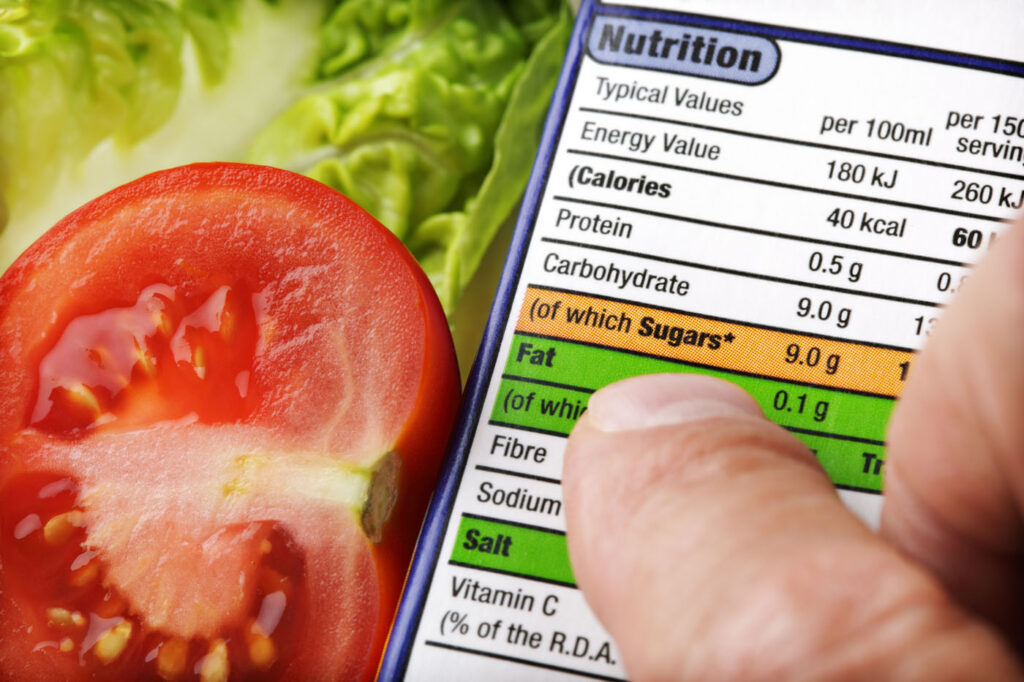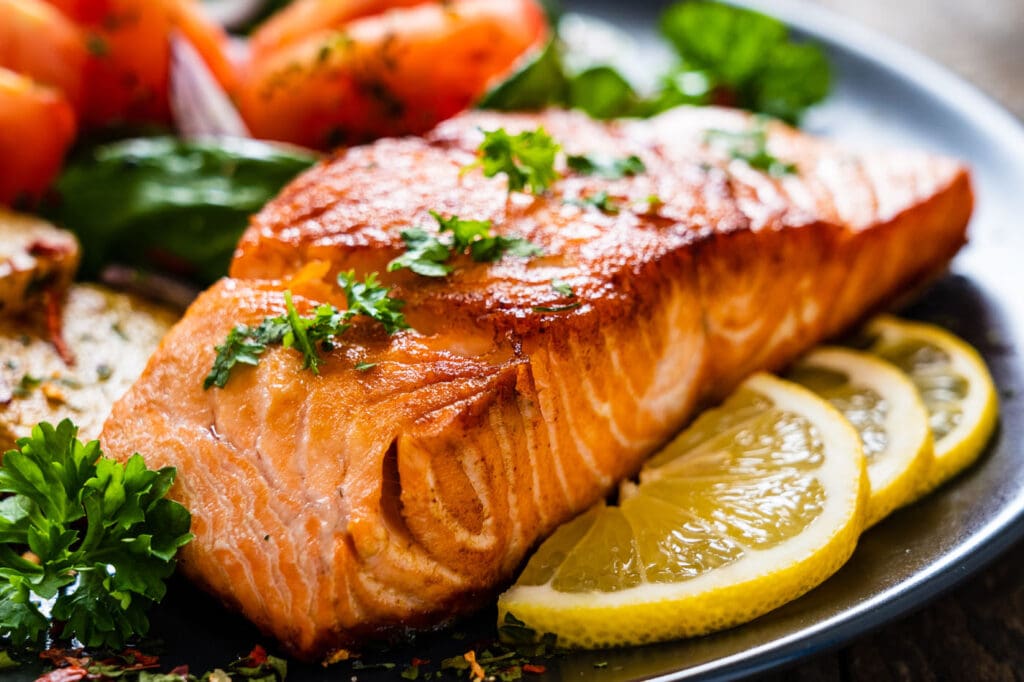5 Tips to Reduce Salt for a Healthy Heart
Americans sure do love salt. Nearly 90% of adults and children in the U.S. consume too much salt. Unfortunately, our love affair with sodium comes at a cost: high blood pressure, which leads to heart disease.
“The body needs sodium to function properly, but too much sodium can raise blood pressure, which is a risk factor for heart disease and stroke. To protect your heart, Clinica Medica Familiar primary care providers advise patients to reduce their intake of sodium.
That doesn’t mean shaking off salt entirely. But being heart healthy does require us all to be more mindful about what we eat. To talk to your doctor about your risk of heart disease, call and make an appointment today.
Looking for ways to halt the salt? Try:

Reading the labels. Compare the sodium content listed on the nutrition labels of different brands of the same type of food. Then choose the least salty option.
Foods you wouldn’t expect to contain lots of salt are among the biggest dietary culprits, including breads and rolls. Getting serious about reducing sodium means taking the time to learn about what you’re eating.

Going Fresh. Choosing fresh, whole foods over processed food is a good way to reduce your sodium intake. So, skip the chips and opt for an apple instead.

Spicing it up. Salt-free cooking does not have to be bland. Experiment with herbs, spices, lemon and vinegar to add a needed kick to your favorite dishes.

Asking for heart-healthy options. Dining out can be tricky, as it is impossible to know how much salt (or fat, or sugar) restaurants use in their food. Asking for heart-healthy options or adjustments to a dish can help you dine to your heart’s content.

